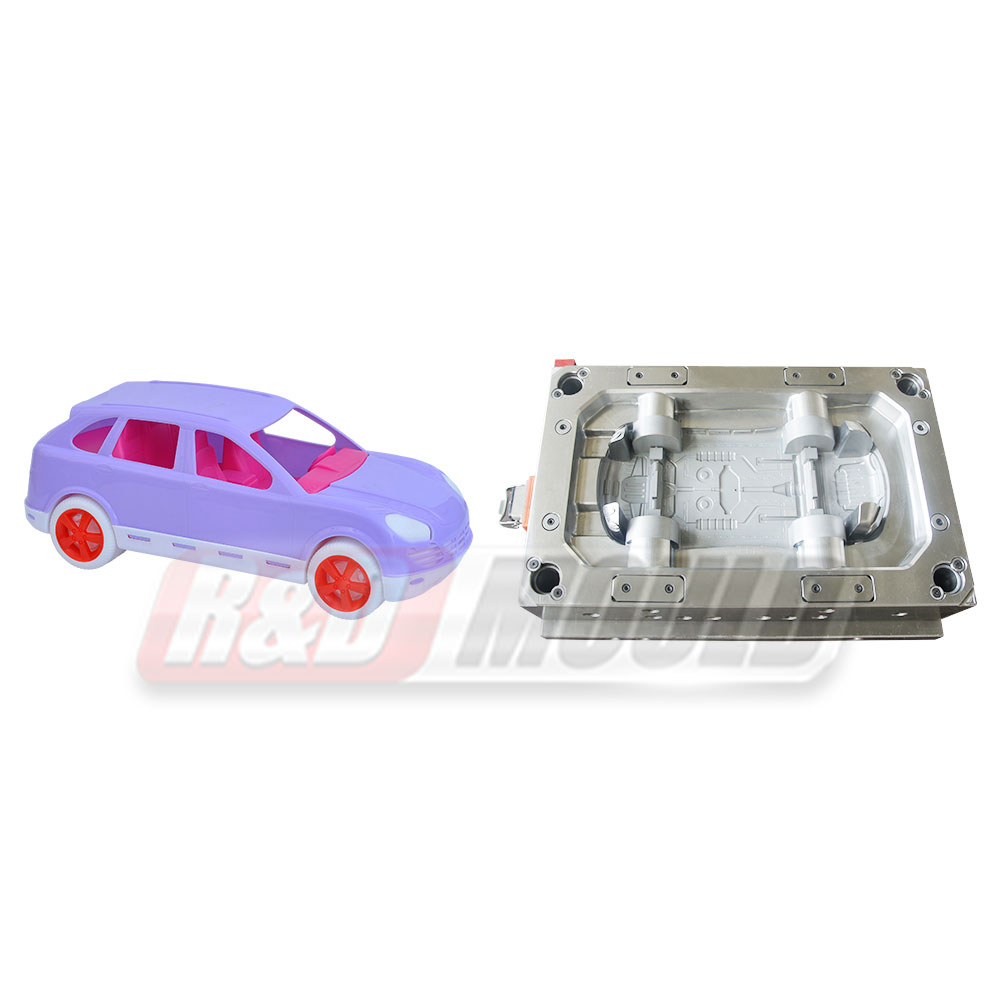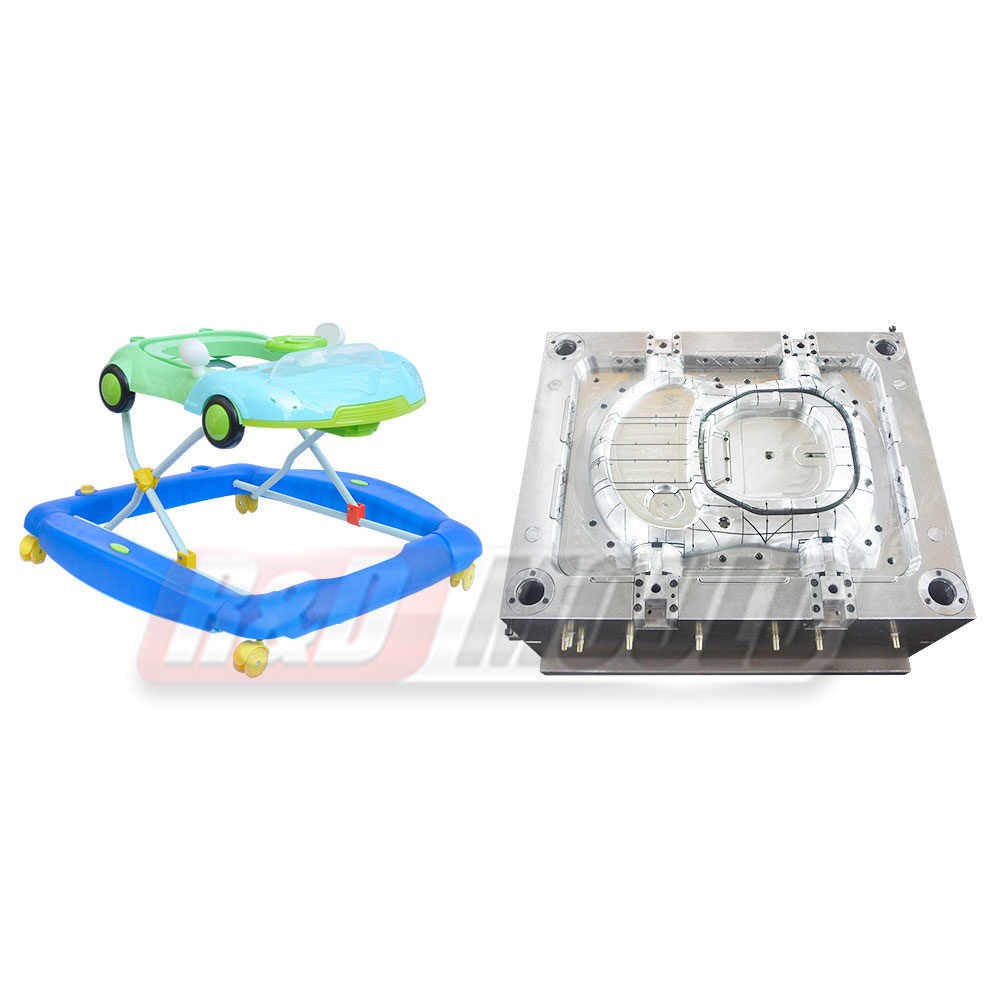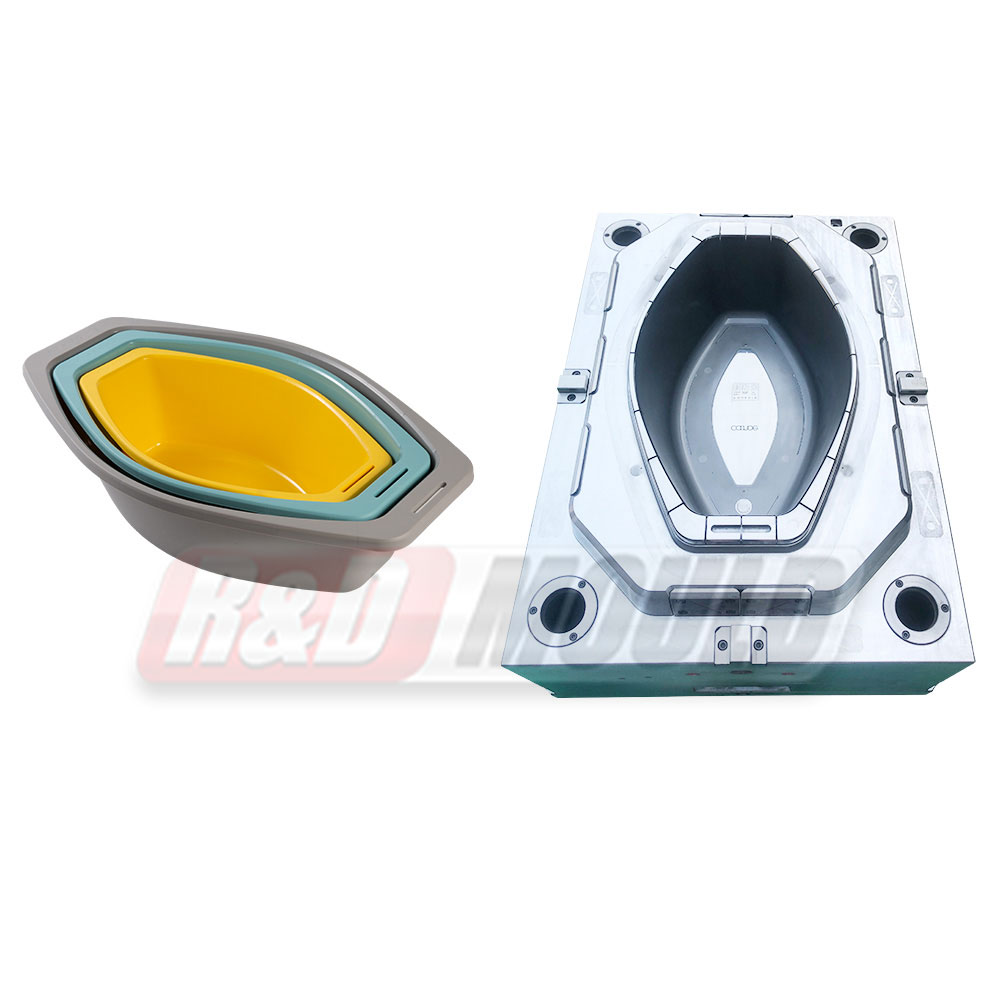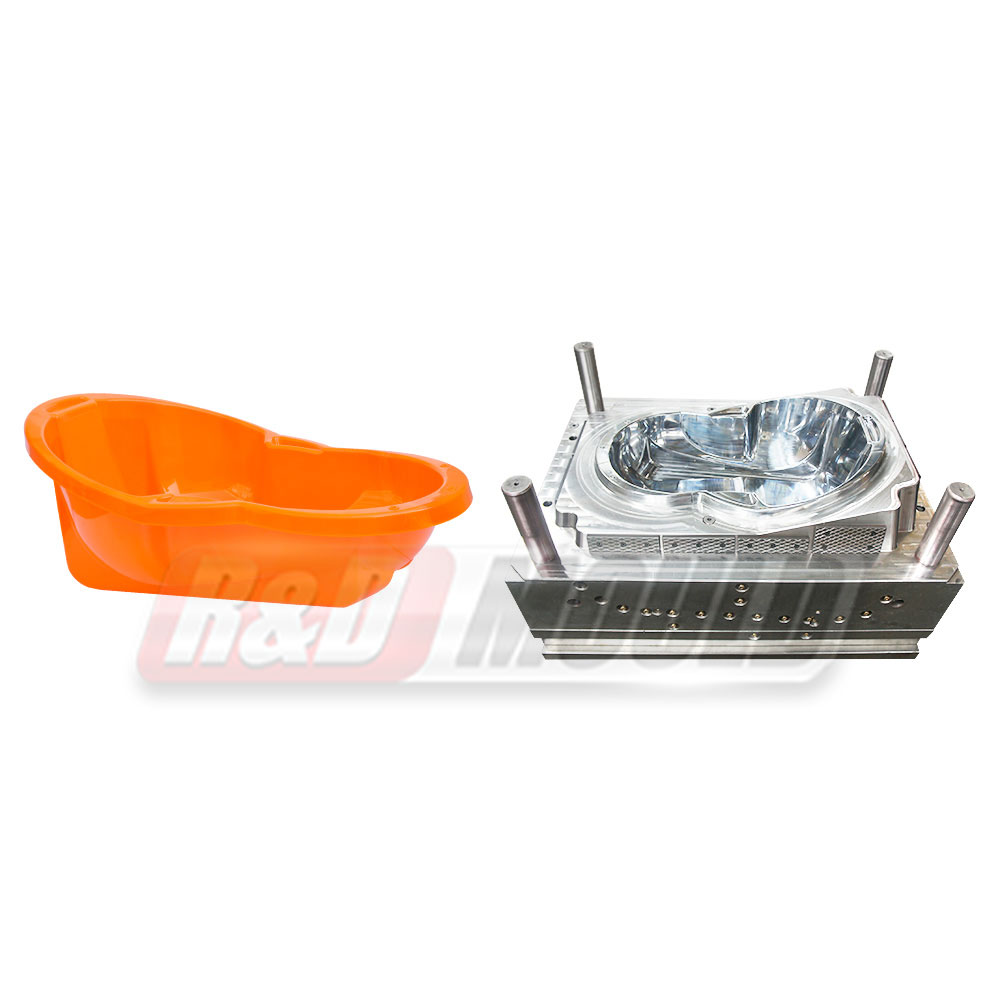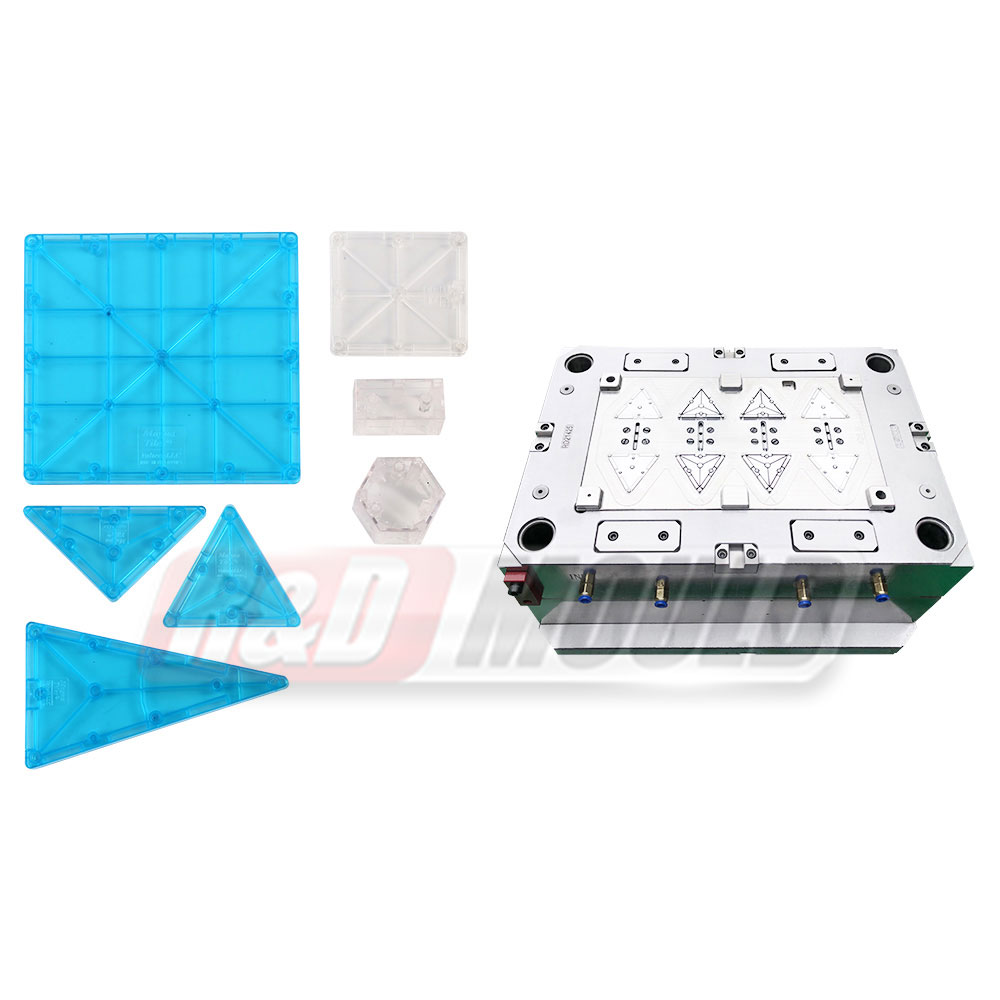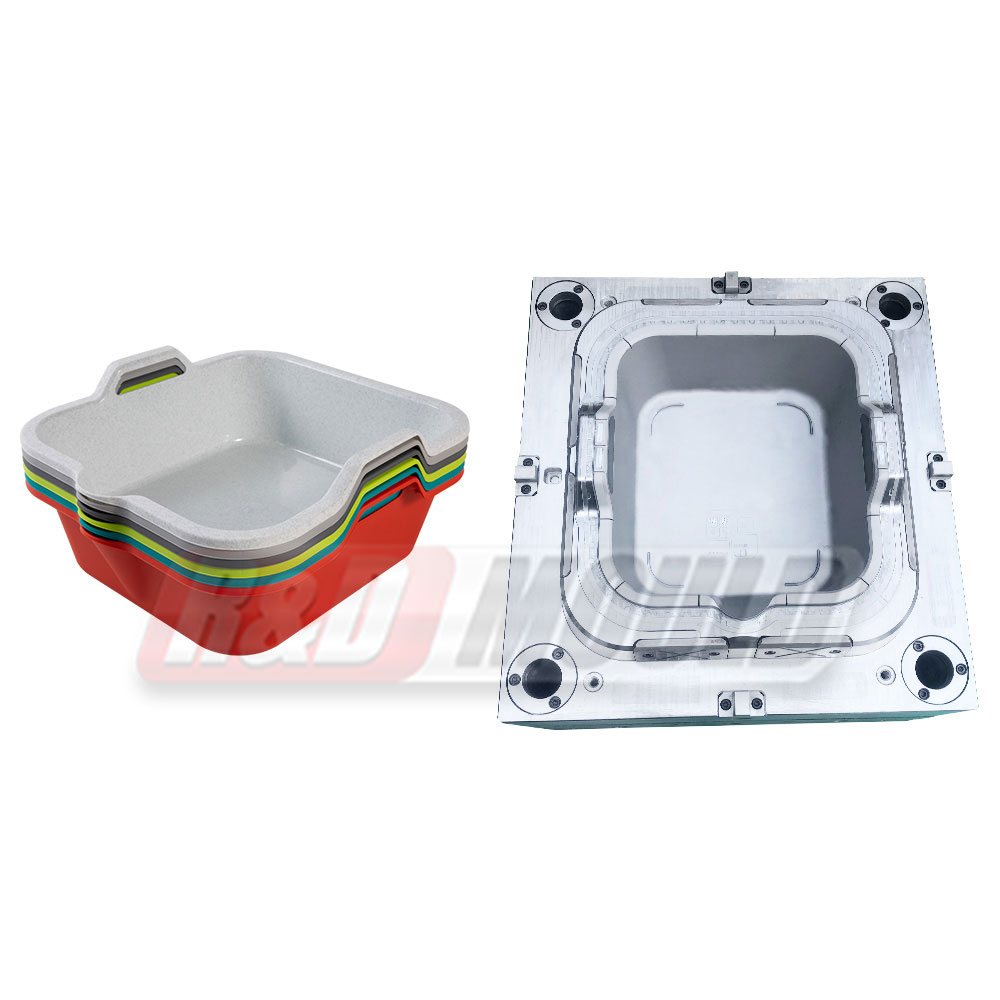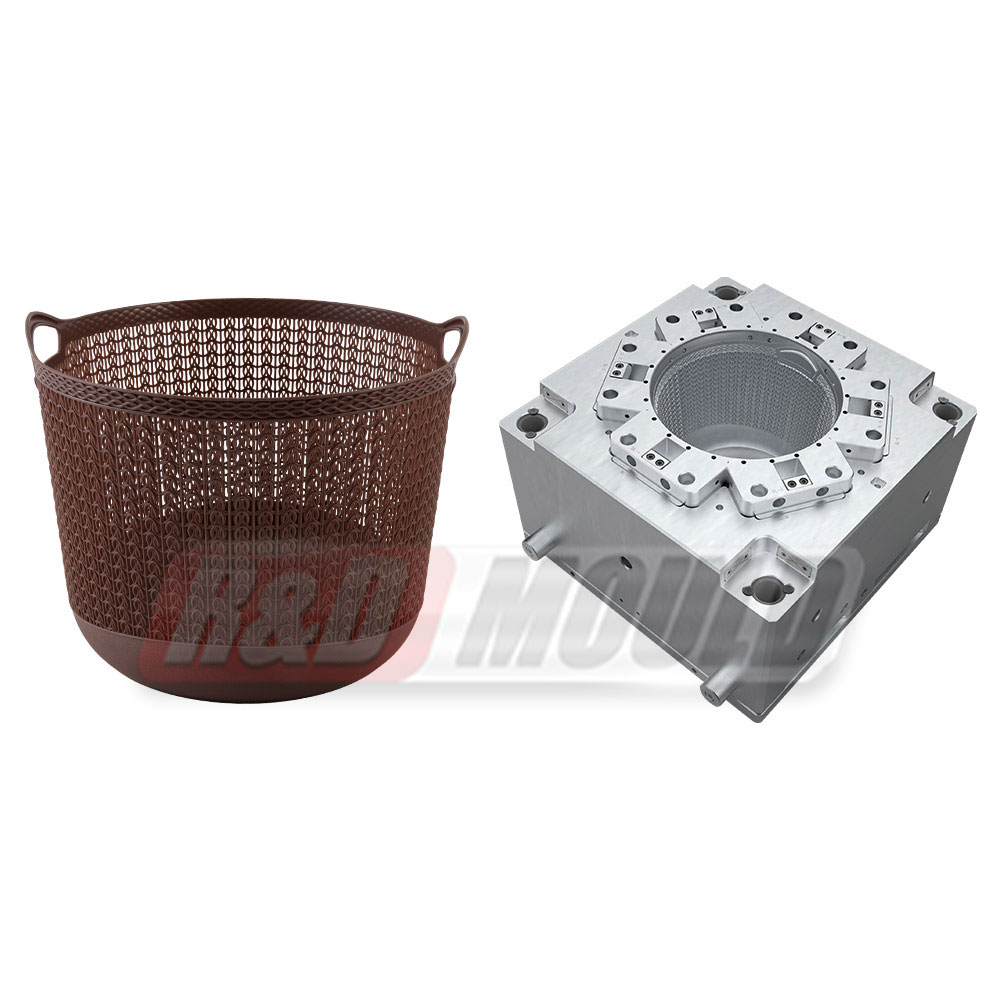In the packaging industry, the design and production of caps play a vital role in product usability and consumer satisfaction. Two of the most common types of caps are flip-top caps and screw caps, both manufactured using specialised Cap Moulds. Understanding the differences between flip-top cap moulds and screw cap moulds can help manufacturers and suppliers select the right tooling solution for their product requirements.
A Cap Mould is an essential tool used in injection moulding to shape plastic caps. The design of the Cap Mould must precisely reflect the desired cap style, dimensions, and functionality. Flip-top cap moulds and screw cap moulds differ significantly in their structural design, manufacturing process, and applications.
Flip-top cap moulds are designed to create caps with a hinged lid that snaps open and closed. These caps offer convenience and easy access, making them popular for products like shampoos, lotions, and condiments. The Cap Mould used for flip-top caps is more complex compared to screw cap moulds, as it must form the hinge mechanism and the snap-fit features that ensure the lid stays securely closed when not in use.
On the other hand, screw cap moulds produce caps with threaded designs that twist onto the bottle neck. These caps provide a reliable seal and are widely used for beverages, pharmaceuticals, and chemicals. The Cap Mould for screw caps focuses on creating accurate threading and a smooth finish to guarantee compatibility with corresponding bottle threads. Precision is crucial in screw cap moulds to ensure leak-proof performance and ease of opening.
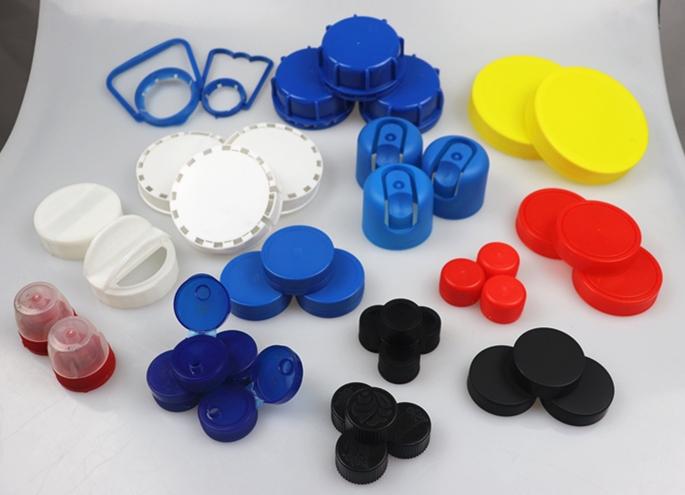
One major difference between flip-top cap moulds and screw cap moulds lies in their design complexity. Flip-top Cap Moulds require multiple moving parts within the mould tool to form the hinge and lid components. This complexity typically results in higher tooling costs and longer manufacturing lead times. Screw cap moulds, by contrast, are simpler in design and can often be produced with fewer cavities in a multi-cavity mould setup.
Another important consideration is production speed and cycle time. Screw cap Cap Moulds generally allow for faster production cycles due to their simpler structure, making them suitable for high-volume manufacturing. Flip-top cap moulds may require longer cooling and cycle times because of the intricate details in the cap design, which demands careful attention during the moulding process to prevent defects.
Material selection is also influenced by the cap type and the Cap Mould design. Flip-top caps often use polypropylene (PP) for its flexibility and durability, which is essential for the hinge’s repeated opening and closing action. Screw caps, on the other hand, can be made from a variety of plastics, including polyethylene (PE) and PP, depending on the product’s sealing requirements. The Cap Mould must be compatible with the chosen material to optimize flow and reduce wear.
Maintenance and longevity of the Cap Mould are critical for sustained production. Due to their complexity, flip-top cap moulds may require more frequent maintenance and precise calibration to maintain part quality. Screw cap moulds tend to have longer service intervals and simpler maintenance routines, thanks to their straightforward design.
Both types of Cap Moulds can be customized with additional features, such as tamper-evident bands, child-resistant mechanisms, or branding details. These enhancements increase the functional and aesthetic value of the caps but may also add complexity to the mould design and production process.
In conclusion, choosing between flip-top cap moulds and screw cap moulds depends largely on the product’s end-use, production volume, and budget considerations. Flip-top Cap Moulds provide convenient, user-friendly caps with more intricate designs, while screw cap moulds offer reliable sealing and faster production rates. Manufacturers should evaluate their specific needs carefully and work with experienced mould makers to ensure the selected Cap Mould delivers consistent quality and cost-efficiency.
As the packaging industry evolves, both flip-top and screw cap mould technologies continue to improve, offering new materials and design innovations. Understanding the differences between these Cap Mould types is essential for staying competitive and meeting customer demands in today’s dynamic market.





 English
English عربى
عربى Español
Español Français
Français